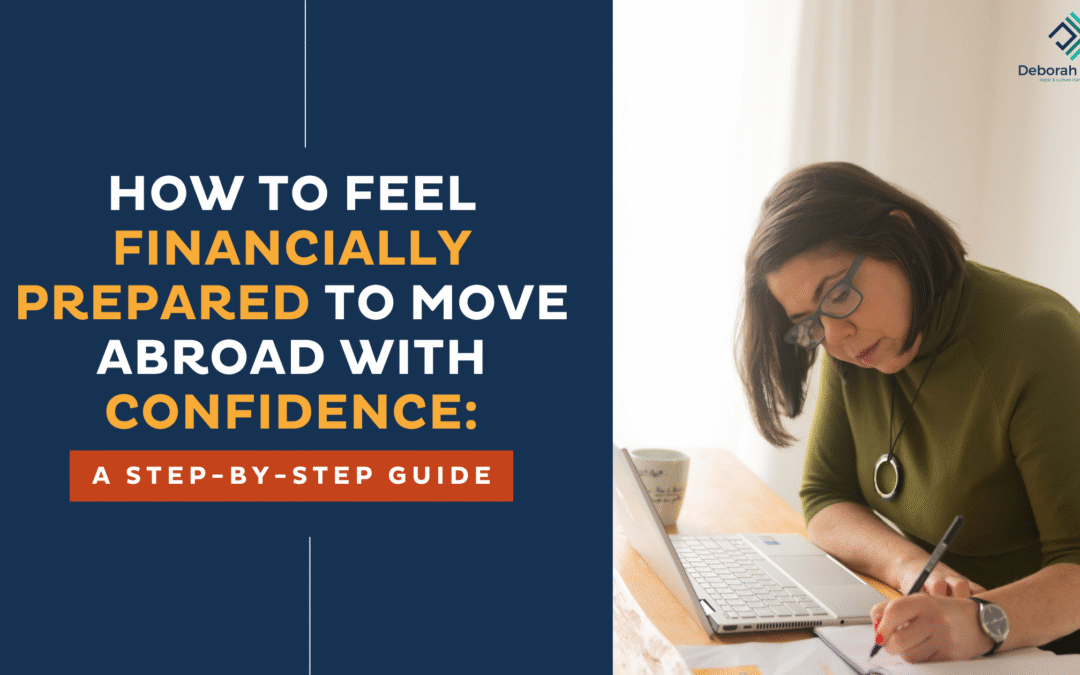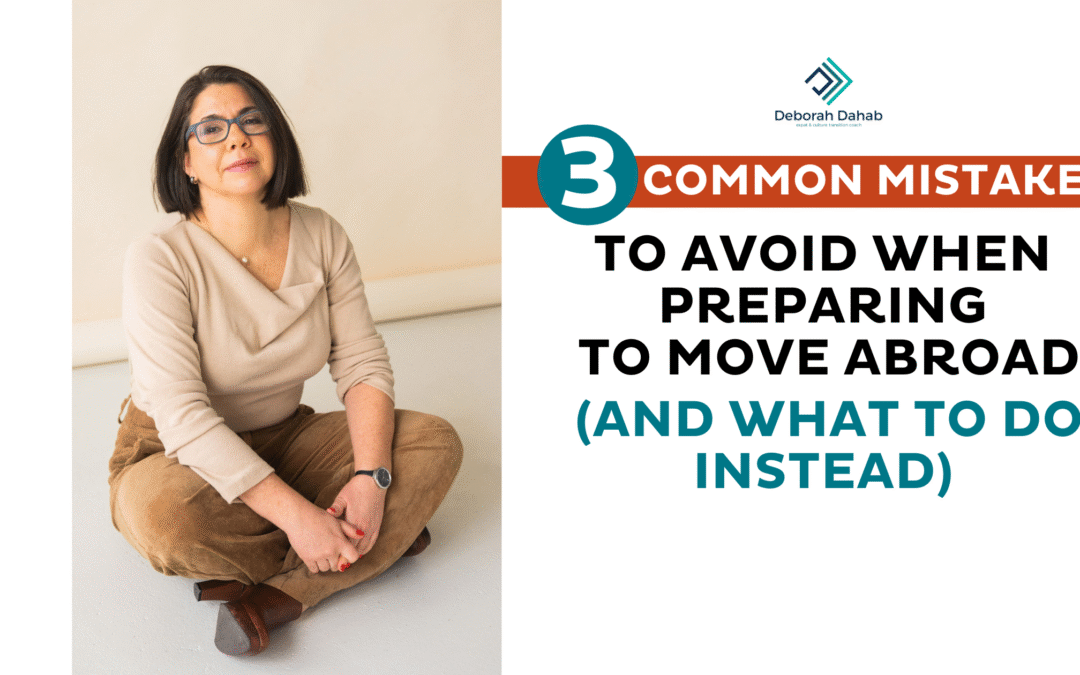
Is Moving Abroad Right for You? 2 Key Questions to Help You Decide
Not sure if moving abroad is the right decision for you? Discover two powerful questions to help clarify your goals, timing, and priorities before taking the leap to expat life.
Is Moving Abroad Right for You? 2 Key Questions to Help You Decide
Scrolling through social media posts claiming “99 reasons to move abroad” or “why relocation is the best thing ever” might make it seem like everyone should pack their bags and leave. But the truth is—moving abroad isn’t right for everyone. And it might not be the right move for you right now.
As an expat coach and intercultural psychologist, I’ve worked with hundreds of individuals and families navigating this decision. For many, relocating has been a deeply fulfilling experience—but for others, jumping into it without clarity has led to stress, disillusionment, or regret.
So before you start booking flights or dreaming about beachside cafés, take a moment to reflect on these two powerful questions I use in coaching sessions to help people determine whether international relocation makes sense for them—and if so, when.
1. Does Moving Abroad Align With Your Life Goals?
This is the foundational question.
Before considering the how of your move, it’s essential to ask:
“Is this move aligned with the life I want to build?”
Our lives are made up of interconnected parts: personal, professional, financial, relational, and emotional. A move might benefit one area—like your mental health or career—but create strain in another, such as finances or family stability. That’s why it’s important to zoom out and see how the relocation fits into your whole life.
Some examples to reflect on:
- Will this move support your long-term career goals?
- How will it affect your financial stability or growth?
- Will it bring your family closer to the life you all want?
- Is it aligned with your individual needs and identity?
You might find that it’s a great fit for one area but presents challenges in another. That’s okay. What matters is recognizing these trade-offs and asking: Are you willing and able to cope with the challenges in order to benefit from the gains?
2. Does This Move Make Sense for You Right Now?
Sometimes, the answer to “Should I move abroad?” isn’t a simple yes or no—it’s not yet.
Many people I work with feel the deep desire to move but have practical or emotional reasons for delaying. This might include:
- Wanting to save more money first
- Caring for an elderly parent or dependent
- Waiting for children to finish school
- Needing more emotional readiness or clarity
Recognizing that timing matters can help ease the pressure of needing to decide immediately. Thinking in terms of when rather than if can transform a stressful dilemma into a thoughtful plan.
Sometimes, what you need is a timeline, not a decision.
By asking “When does this move make sense for me?” instead of “Should I move or not?”, you allow space to plan intentionally, set milestones, and prepare with confidence. You also remove the black-and-white thinking that can lead to impulsive decisions—or paralyzing indecision.
Final Thoughts: Choosing Intentionally Over Impulsively
Moving abroad is a life-changing decision. It’s not about following trends, chasing a fantasy, or rushing a yes-or-no answer. It’s about making a deliberate choice that aligns with your goals, values, and the reality of your life right now.
Take the time to reflect. Ask the right questions. Build your plan. And when the time is right—you’ll be ready to take action.
Get the Support You Need With the Expat Journey Program
You don’t have to navigate these big questions on your own. The Expat Journey Program was created to guide you through every phase of your move abroad—from making the decision to settling in with confidence.
Inside the program, you’ll find:
- Step-by-step roadmaps for pre- and post-move planning
- Interactive workshops on everything from finances to integration
- Live Q&A calls and expert interviews
- A supportive community of fellow expats and expats-to-be
- Resources to help you align your move with your life goals
Want to know if moving abroad is truly right for you?
Start with the guidance and tools inside the Expat Journey Program and make a confident, informed decision that fits your life.





